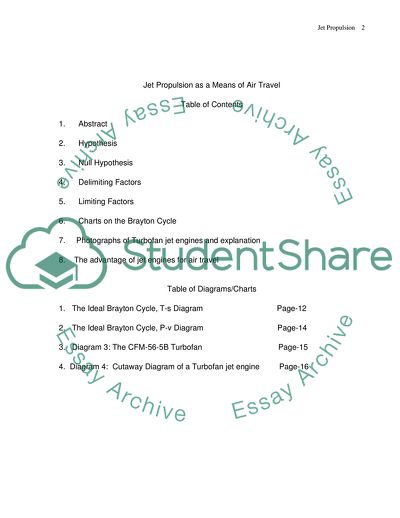Cite this document
(Jet Propulsion as a Means of Air Travel Research Paper, n.d.)
Jet Propulsion as a Means of Air Travel Research Paper. Retrieved from https://studentshare.org/technology/1713491-jet-propulsionengines
Jet Propulsion as a Means of Air Travel Research Paper. Retrieved from https://studentshare.org/technology/1713491-jet-propulsionengines
(Jet Propulsion As a Means of Air Travel Research Paper)
Jet Propulsion As a Means of Air Travel Research Paper. https://studentshare.org/technology/1713491-jet-propulsionengines.
Jet Propulsion As a Means of Air Travel Research Paper. https://studentshare.org/technology/1713491-jet-propulsionengines.
“Jet Propulsion As a Means of Air Travel Research Paper”. https://studentshare.org/technology/1713491-jet-propulsionengines.


